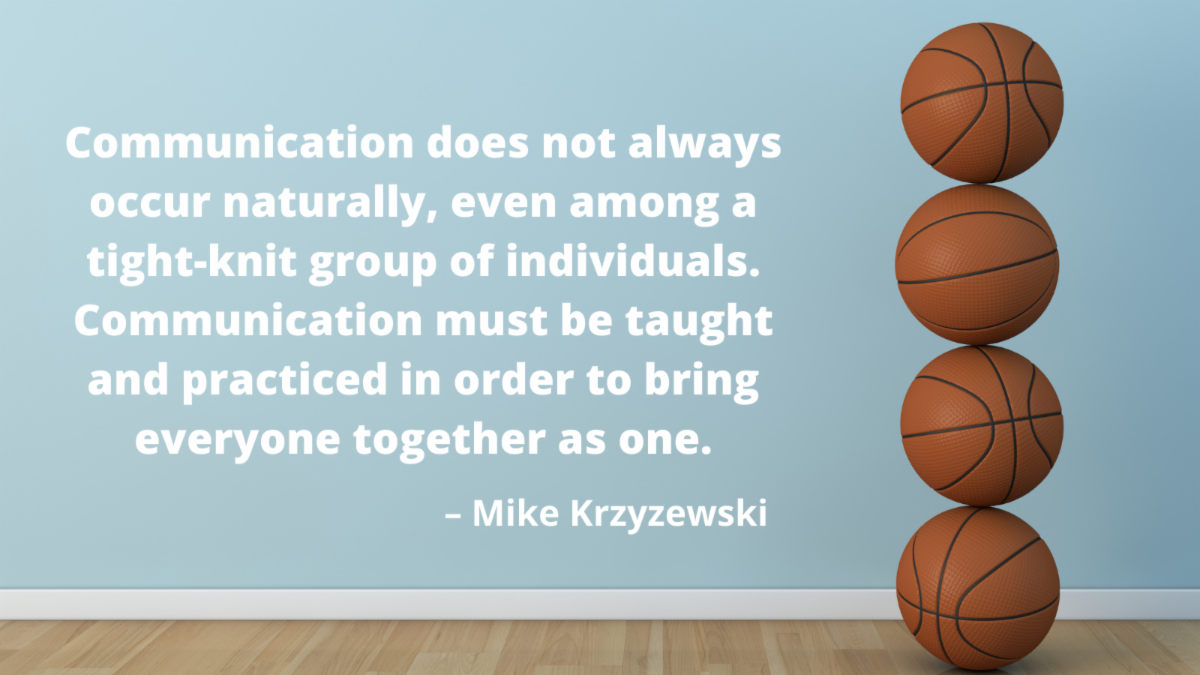
April 1, 2021
Are You Bringing Out Their Best Or Causing Them To Choke?
I get to see many executives in action with their teams, more on Zoom these days than in person, but still a lot of interaction. If I were to point to one of the most common areas of misstep among leaders striving to lead their team to high performance, it would be that leaders can overutilize the pressure-driven or “push” leadership styles. When I discuss the importance of inspiring and motivating others (including in my book The Inspiring Leader), I highlight that inspiring behaviors tend to come in two flavors – push and pull.
With “push” approaches to leadership, managers are consciously or subconsciously applying pressure, creating urgency, driving for results, and directing improvement and change. As we know, this style has utility, but when overdone or without proper counterbalancing, it creates a problematic culture, with excess intensity or even fear.
The real issue with an overreliance on “push” leadership strategies is there is typically a lack of “pull” leadership. The “pull” leadership style is where team members are brought along by leaders from their position at the helm. Managers are intentionally encouraging and developing talent to improve results, sharing expertise on problem solving, providing direction on objectives while giving their team the space to work. With pull leadership, team goals are clearly connected to vision and strategy and there is great alignment on priorities. You can see why it’s problematic when this kind of behavior is missing.
The grand majority of leaders I talk with suggest they do a lot of “pull” leadership, with only some “push.”
But nearly all direct reports I speak with suggest their boss leads with more “push” than “pull.”
The problem isn’t always that leaders drive a lot. It’s that they don’t “pull” or inspire enough. And I certainly don’t coach executives to never push. In fact, it’s a well-studied relationship (the Yerkes-Dodson Law) that certain levels of stress are actually necessary to achieve optimal performance, and I published an article in HBR (which you can read here) that outlines three ways managers can strike that delicate balance. I’m simply arguing that the real power comes when you add the “pull.”
Some of you may disagree with this line of thinking. You could argue that it takes too much time and too many resources to commit to the inspirational or motivational leadership style. I won’t argue. It comes down to how important you think great leadership is.
Leadership Reflections After One Year Of A Pandemic – What will stick?
We’re officially beyond the one-year mark in this pandemic, a bizarre milestone both frustrating and sad. But when I talk with leaders candidly, it’s clear that there are some very good things to come out of the pandemic too. As I reflect on the last 12 months, I can’t help but see the permanent (and positive) effect the pandemic has had on leaders. Here are a few:
- Refocusing on the essential work to be done in your business. I’ve seen a laser focus on what is critical to bring value to customers and (thankfully) many of the low value or even value-less projects fade away.
- Connecting with people as people instead of task-focused robots. I’ve seen real empathy as leaders recognized and were willing to account for the struggles employees faced in their personal lives.
- Increased creativity by embracing the constraints of the pandemic. Disruptive innovation and personal disruption (thanks Whitney Johnson) teach us to find new ways to get things done. Sometimes better than before, sometimes worse but still done.
- Recognizing the value of in person time. I’ve seen that we place higher value on the importance of being in person for some kinds of work, and recognition that it doesn’t have to be all the time.
- Importance of time to disconnect. With more of a blend than ever of work into everything else in life, I’ve seen leaders be more intentional about creating time away – even if less frequent. I’ve observed time off to be more unplugged.
With light at the end of the tunnel seeming to approach, I hope these stick. I hope that we, as leaders, remember how these shifts helped our teams to pivot and adapt to a generation-defining pandemic.
What is your biggest leadership takeaway one year into the pandemic? How do you plan to make it stick? Let me know and I’ll share a few responses in an upcoming newsletter.
Current Read:
The internet has seemed captivated by the container ship that blocked the Suez Canal for eight days. With the Ever Given’s dislodging earlier this week, the global shipping route is back up and running. This article looks at the accident through the lens of leadership, crisis management and learning from failure, angles frequently underrepresented when screw ups like this happen. The article poses valuable reflection questions for leaders in managing crisis – something we’re all more familiar with these days. I never thought I’d see so much coverage about one ship, so if you’re not burned out on the topic, give it a read and consider how your business can be prepared for crisis.
How To Recover From Suez Canal Debacle And Prevent Another Supply Chain Crisis (forbes.com)
Quotable:
In the spirit of March Madness (which, as a Florida State alum became March Sadness in the Sweet 16 Round):

Next Steps:
Join me on Tuesday, April 6th at 10am Eastern for another LinkedIn Live. I will be discussing my recent HBR article, what an effective client- referral strategy looks like. If you missed the article, you can see it here.


